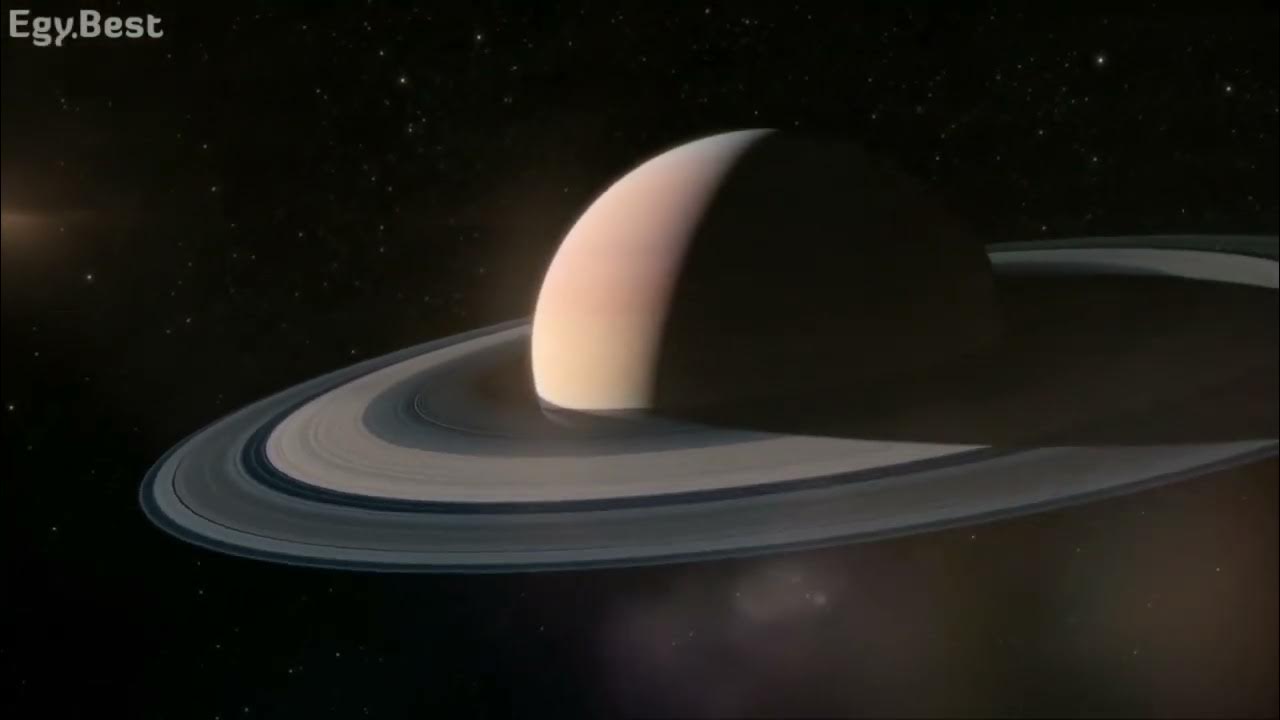Real Images From Our Solar System
Summary
TLDRThis script offers a mesmerizing journey through our solar system, showcasing stunning images captured by various spacecraft and telescopes. From the Sun's deadly coronal mass ejections to the unique landscapes of planets like Mercury, Venus, Earth, and Mars, each celestial body reveals its own story. The script delves into gas giants like Jupiter with its Great Red Spot, Saturn's iconic rings, and the intriguing storms of Neptune and Uranus. It also touches on the Pluto debate and the ambitious Breakthrough Starshot project, highlighting humanity's quest to explore the cosmos and the awe-inspiring discoveries that await.
Takeaways
- 🌞 The Sun is the largest body in our solar system, accounting for 99.86% of the total mass and is constantly burning with the energy of a trillion nuclear bombs per second.
- 🔥 A dramatic coronal mass ejection (CME) was captured by the Solar Dynamics Observatory in 2012, traveling at over 900 miles per second.
- 📸 NASA's Messenger spacecraft was the first to orbit Mercury, revealing its crater-covered surface and massive impact sites like the Caloris Basin.
- 🌕 Mercury, despite being the closest to the Sun, is not the hottest planet; Venus holds that title due to its thick, heat-trapping atmosphere.
- 🌍 The Earth is unique as the only place known to support life and has been captured in breathtaking satellite images, including those showing North and South America from space.
- 🌑 Venus was explored by the Soviet Union's Venera 13, which transmitted color images from its surface and survived for over two hours.
- 🚀 The Magellan spacecraft mapped Venus's entire surface, revealing evidence of volcanism and tectonic activity.
- 🔭 Mars has been extensively studied, with the Viking orbiters capturing early images and the Mars Express and Curiosity rover providing more recent, detailed views.
- 🌟 Jupiter, the largest planet, is known for its Great Red Spot, a storm that has been raging for centuries and is so large it could engulf Earth.
- 🌐 Saturn's iconic rings and hexagonal vortex storms have been stunningly captured by the Cassini spacecraft, which also provided a backlit image of the planet.
- 🌌 The Hubble Telescope has contributed to our understanding of the outer planets, capturing images of auroras on Uranus and the Great Dark Spot on Neptune.
Q & A
What percentage of the solar system's total mass does the sun account for?
-The sun accounts for 99.86 percent of the total mass of the solar system.
What was the speed of the coronal mass ejection (CME) captured by the Solar Dynamics Observatory on August 31st, 2012?
-The CME traveled at over 900 miles per second.
Which NASA spacecraft was the first to orbit Mercury and what was its mission end?
-NASA's Messenger spacecraft was the first to orbit Mercury, and it ended its mission in 2015 with an intentional crash into the planet's surface.
What is the diameter of the Caloris Basin on Mercury?
-The Caloris Basin on Mercury is 960 miles in diameter.
Why is Venus considered the hottest planet in the solar system?
-Venus is considered the hottest planet due to its thick atmosphere composed mainly of carbon dioxide, sulfur dioxide, and nitrogen gas, which traps the sun's heat.
Which spacecraft was the first to transmit color images from the surface of Venus?
-The Venera 13 probe, built in the Soviet Union, was the first to transmit color images from the surface of Venus.
What is the highest resolution photo of Mercury?
-The highest resolution photo of Mercury was sent back by the Messenger spacecraft right before its impact with the planet.
What is the unique feature of Saturn's north pole as observed by the Juno spacecraft?
-Saturn's north pole has eight storms swirling at its center, laid out in a precise geometric pattern.
What spacecraft provided some of the most detailed images of Saturn's rings and atmosphere?
-The Cassini-Huygens spacecraft provided some of the most detailed images of Saturn's rings and atmosphere.
What is the significance of the Great Red Spot on Jupiter?
-The Great Red Spot on Jupiter is a massive storm that has been raging for at least 350 years and is so large it could swallow the Earth whole.
What spacecraft took the clearest images of Pluto?
-The New Horizons spacecraft took the clearest images of Pluto during its flyby in 2015.
What is the concept of the Breakthrough Starshot project?
-The Breakthrough Starshot project aims to create a wafer-thin nano probe with thin sails to capture energy from a powerful earth-based laser, accelerating the probe to reach Proxima Centauri in 20-25 years.
Outlines

Cette section est réservée aux utilisateurs payants. Améliorez votre compte pour accéder à cette section.
Améliorer maintenantMindmap

Cette section est réservée aux utilisateurs payants. Améliorez votre compte pour accéder à cette section.
Améliorer maintenantKeywords

Cette section est réservée aux utilisateurs payants. Améliorez votre compte pour accéder à cette section.
Améliorer maintenantHighlights

Cette section est réservée aux utilisateurs payants. Améliorez votre compte pour accéder à cette section.
Améliorer maintenantTranscripts

Cette section est réservée aux utilisateurs payants. Améliorez votre compte pour accéder à cette section.
Améliorer maintenant5.0 / 5 (0 votes)






